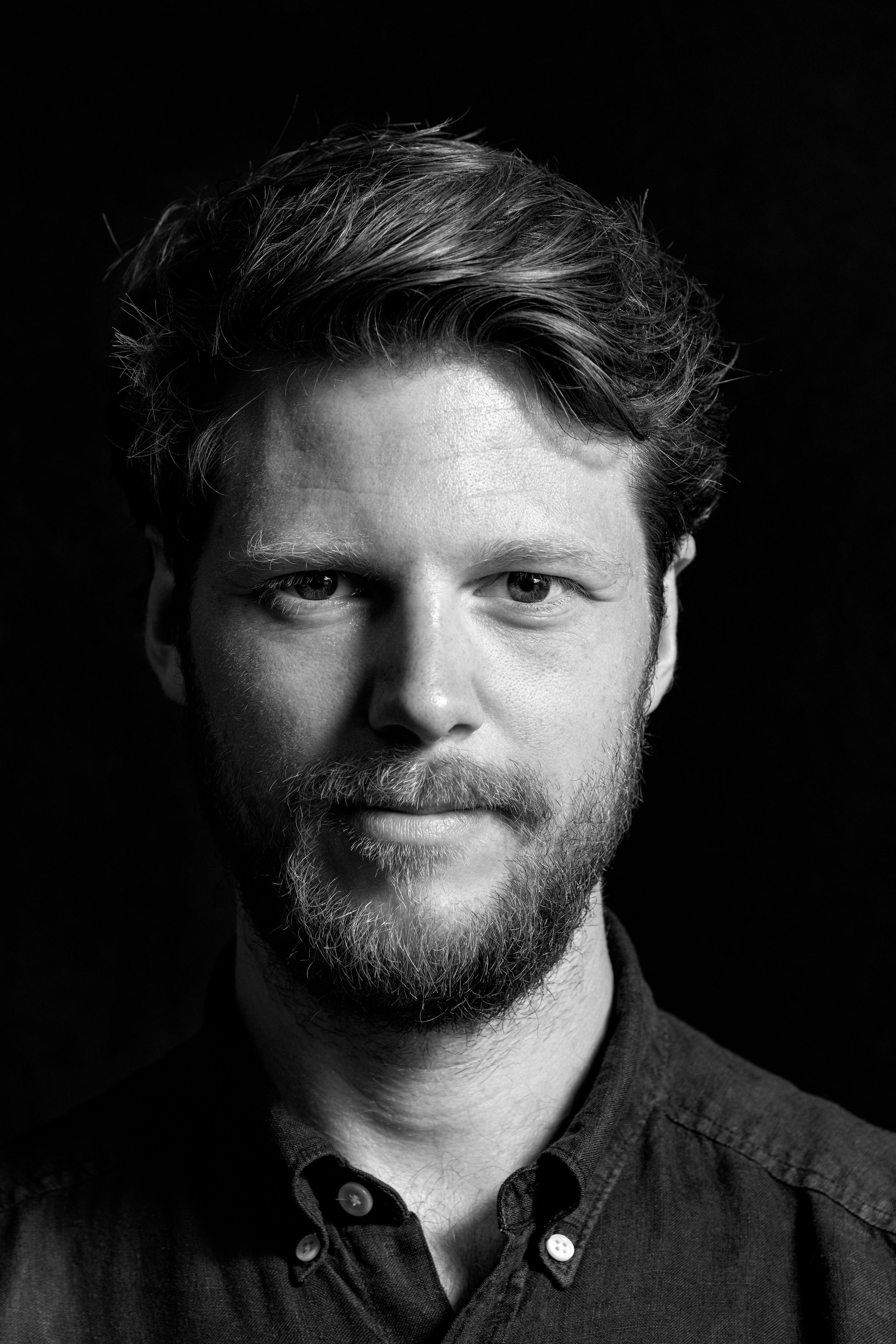From Svalbard's icy tundra to a Michelin Star
The Michelin-star head chef of restaurant ÄNG, Filip Gemzell, talks about the importance of nurturing local communities and calculated cooking.
Words by Madalena Vilar. Photography by Johan Ståhlberg.
The Michelin-star head chef of restaurant ÄNG, Filip Gemzell, talks about the importance of nurturing local communities and pouring his heart into food.
On the west coast of Sweden, just short of a hundred kilometers south of Gothenburg, you will find Ästad Vingård. Three siblings who dreamed of conquering the hardships of small-scale farming, met by their grandparents, and growing food on the land. Taking the work laid down by their parents, they began the upgrade of the then organic milk farm and small hotel into today’s Ästad Vingård.
When chef Filip Gemzell met Mattias during an online search for chefs, it didn’t take long for them to understand how aligned their wishes and plans were. Astonished by the beautiful surroundings, one visit was all it took for Filip to fall in love with the vineyard. Amidst the lakes, the forest, and meadows, besides the clear-blue neverending coastline, the head chef now runs the restaurant ÄNG. A space where definitions stay at the door and focus is on the ingredients.
“I wouldn’t call ÄNG anything. I wouldn’t call it nordic. We’re not trying to be anything.” Filip says when asked to define the restaurant. “ We use local ingredients and techniques from all over the world. What we want is for every little bite to make an impression, so we use very few ingredients in each dish and try to concentrate them as much as possible”.
The experience at ÄNG includes sixteen to seventeen small servings and the guests only see the menu at the end of the meal. Although one thing is certain: everything they taste is locally grown and personally handpicked by Filip and his team and then worked to maximize the flavour.
“I started to love the idea of local produce and it sounds quite a cliche, but it makes a huge difference. I visit everyone who produces a certain ingredient. Then I only use it if I have a connection with the farmers and if their way of doing things aligns with ours. We meet all the farmers we buy from and we see them every other week”, says Filip.
The ingredient is then prepared in up to twenty different ways to find what flavours and textures work best. Once they have that, the rest of the dish is easy, according to Filip.
The pastry chef turned head chef describes his style of cooking as calculated. The experimenting happens before and is teamwork. Once the dish is on the menu, it's reproduced exactly the same way, independent of the hands behind it. A certain dish is tested and remade as many times as needed until it feels close to perfect. That’s also how it remains until it leaves the menu.
“Most restaurants will have a base of a sauce made. Then whoever is working that day will do the seasoning and the finishing. It’s not a bad way to do things, it’s just not exact. I most often fail 10 times before I get something the way I want it. If I change one gram of salt or something then I print out a new recipe so we always follow the same structure. We leave very little to chance.” The head chef explains.
“Obviously we have to change it a bit during the season. The vegetables that you pick up at the beginning of the season will not taste the same as the ones at the end of the season. So we change the recipe on the ride sometimes but it’s still a calculated change.”
Not as calculated was Filip’s move away from the big city. After living in London for 8 years and working for big names such as Gordon Ramsay, Filip took a 180-degree turn and moved to Svalbard. The remote tundra-coated island above Norway. A place where access to locally grown food became challenging. That experience gave Filip a perspective. Allowing him to appreciate the richness of the west coast even more, with its proximity to both sea, lakes, and forests.
“I moved away from the city to be able to cook how I cook now. Even in Stockholm you can access every product you want but it comes in a box, vacuum packed, and you open it and cook it. That’s not the feeling I want to have anymore.”
This year, ÄNG received both its first Michelin star and the Michelin Green Star, rewarding the team’s work and dedication not only to the culinary arts but to sustainability. Despite the high honours, at the end of the day, it’s always been about cooking for Filip.
“It doesn’t really matter if it’s sweets or savoury. I cook what I love to cook, what I like to eat, and hopefully that will reflect on the menu and people will keep coming back to experience that. And I think that’s really important, that if you’re going to be good at something you’re going to have to follow your heart. And if I were to cook things that others would like but I don’t like, I wouldn’t do it with as much perfection and love. I enjoy it all.”
Words by Madalena Vilar. Photography by Johan Ståhlberg.
